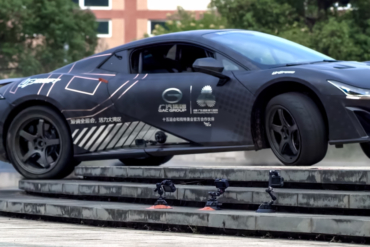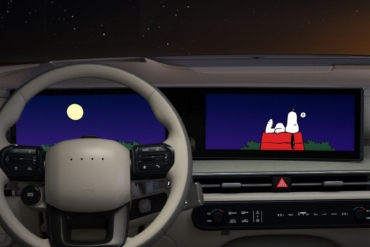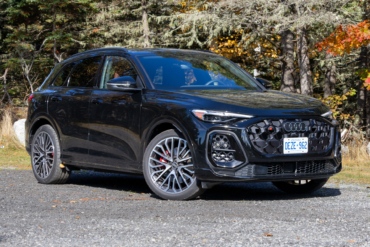Every electric motor is also an electric brake. But even that’s not enough to stop a Porsche EV, so the automaker integrated regen directly into its conventional braking system.
Getting back energy every time you brake? It’s not magic, it’s called regenerative or recuperative braking. Porsche explains how the Taycan can turn your forward motion into power for the battery every time you touch the brake pedal.
Braking Wastes Massive Amounts of Energy

Regen braking, which is how we’re going to refer to it going forward, isn’t new. It’s been part of every successful EV and even hybrid cars as long as they’ve been on the market. It’s still a bit of a mystery to most, and not every system offers the same capabilities.
Porsche’s example supposes that you’re cruising at 125 mph when a delivery van changes lanes in front of you. In both a Taycan EV and a 911 coupe, you slow to half that speed to follow safely, but the two do it very differently.
A 911 (or any gas vehicle) turns the kinetic energy of the 125mph slowdown (call it a 60mph change in speed) into heat through the brake pads and rotors. That heat is useless for you, and the 911 sends it into the air around the car.
Regen Braking Turns Kinetic Energy Into Electrical

A Taycan, however, can capture nearly all of that energy, turning it into electricity instead of heat.
It’s because every electric motor is also a generator. Applying power from the battery adds positive torque and rotation speed — driving the vehicle.
Remove power from a spinning electric motor, and it’s instantly a generator instead. The same magic inside that turns electricity into forward motion also turns forward motion into electricity, which is then fed back into the battery pack. Many EVs can generate nearly as much electricity as the motors can use to turn the wheels.
Porsche integrates its power electronics directly into the controls for the braking system. By doing that, the conventional brakes and the regen braking can be controlled and adjusted for the best end result. In just milliseconds, the computers can decide what system does what and how much.
Driving normally, 90% of your braking will be done electrically, Porsche says. Emergency stops (or hard track use) can be too much for the regen system. Taycan can handle up to 290 kW of regen braking. A high-speed, full-brake stop can require more than 2 MW (2,000 kW) of braking force, so conventional brakes are still necessary and needed.
Conventional hydraulic brakes are also required if the battery is full or if you’re doing enthusiastic driving. Porsche says that high-performance driving means hydraulic brakes, not regen.
Why Porsche Doesn’t Do One-Pedal EVs

Many EVs have what’s called one-pedal braking. Take your foot off the accelerator, and the car brakes to a stop using regen braking. Some can even use navigation and radar sensor data to slow down just the right amount for an upcoming intersection or slower car.
“We made the decision to go a different route with the Taycan,” says Porsche Head of Chassis Development Ingo Albers. “You apply the brakes to slow down, which is a learned behavior and it’s authentic. The driver receives consistent, predictable feedback. We also offer full integration of systems such as ABS and PSM.”
The company says integrating regen into the accelerator like other EVs instead of into the entire braking system would have been easier. “But we incorporated limited recuperation into the gas pedal, which the driver perceives to be efficient, smooth coasting particularly in rural areas,” Albers said.
In short, Porsche is tuning even its electric braking to make sure that its cars feel like a Porsche no matter the powerplant.








